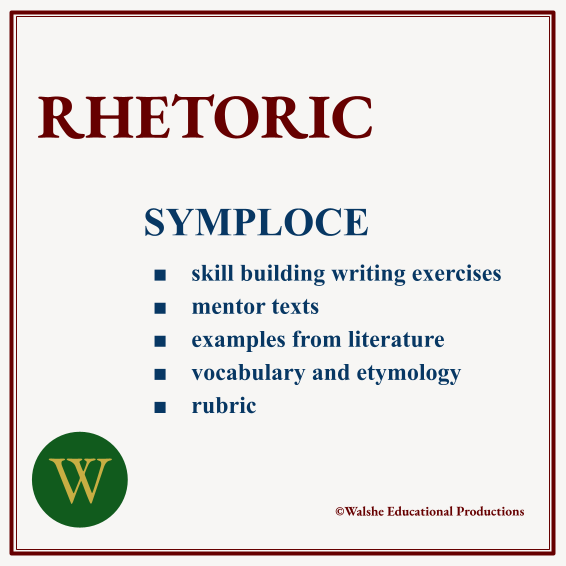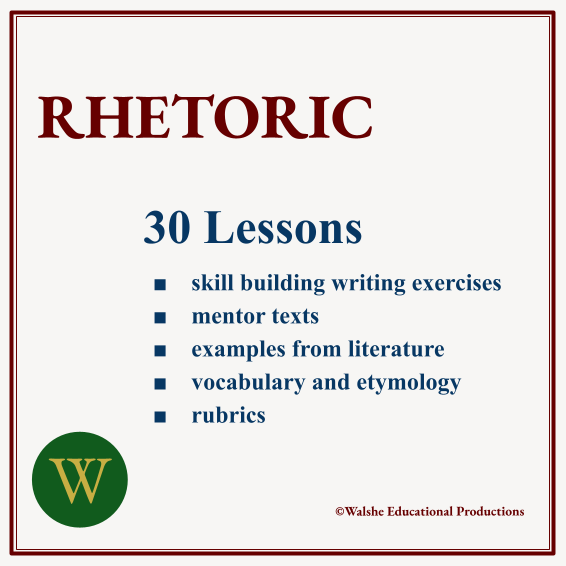rhetoric

How To Write Rhetoric
Rhetoric is a general term referring to the study and use of persuasive language. The word “rhetoric” and the subject’s focus on the effective use of language are rooted in Ancient Greece. “Rhetor” in Greek means speaker or orator.
Rhetorical techniques work by capturing attention through the use of unexpected language patterns, often involving rhythm and repetition.
People like patterns and will continue to follow an interesting written or spoken text to see how the pattern continues.
The persuasive power of rhetoric comes from its ability to fit a message into an attractive format. A message wrapped in a catchy pattern gets more attention and often more acceptance than an opinion expressed in more plain, less innovative language.
Rhetorical devices are an endless source of focused writing exercises. Writing according to a rhetorical form is a fun and really effective way to build writing skills. The following examples of how one device, symploce, pronounced (sim-ploe-see), can be used to teach and learn grammar and poetry, give some idea of the many possibilities rhetoric offers.
In symploce, the beginnings and endings of phrases and sentences repeat. This technique can be used in poetry, in writing emphatically, in writing persuasively, in speech writing, in writing nonsense rhymes, and in countless other applications.
It can be adapted to the needs and interests of writers of any age or of any stage of English language proficiency.
The following symploce lesson ideas could be used by teachers, by self-teachers who want to practice their skills, by homeschoolers and by English Language Learners. They can be adapted simply by adjusting expectations to suit students’ levels and needs.
Here are some examples of how symploce can be used by writers at any level to write poetry:
Elementary level students could write simple sentences like this:
Rain falls on me.
Rain lands on me.
Rain touches me.
Middle School level students might write:
Rain falls softly in the forest.
Rain falls slowly in the forest.
Rain falls silently in the forest.
High School level students:
Rain will fall, for the thousandth time.
Rain will pour, for the thousandth time.
Rain will stop, for the last time.
These examples illustrate how symploce can be used by English Language Learners to practice grammatical concepts:
Practicing different forms of the verb “to be”:
Are you sure I am here?
Are you sure you are here?
Are you sure he is here?
Are you sure she is here?
Are you sure we are here?
Are you sure you are here?
Are you sure they are here?
Practicing adding “s” to 3rd person singular verbs:
A striped cat runs in the grass.
A striped cat jumps in the grass.
A striped cat plays in the grass.
A striped cat sleeps in the grass.
The free symploce lesson linked below comes with:
– complete instructions
-definitions
– fully explained examples from literature
-original examples
-an explanation of the origin of the word “symploce”
-space for student work
-a rubric

The symploce lesson above is part of my collection of thirty rhetoric lessons which includes instructions in writing anaphora, epistrophe, metaphor, simile, parallelism, anadiplosis, metonymy and more.

For lessons in rhetoric and fiction writing, poetry, grammar, vocabulary and logic, click on the link below to reach my Teachers Pay Teachers store.